Mitchell Toy: Iconic trams preferred over double-decker buses in Melbourne
Double-decker buses are a London icon, but when Melbourne decided to borrow the idea it came with a litany of problems - including electrocutions.
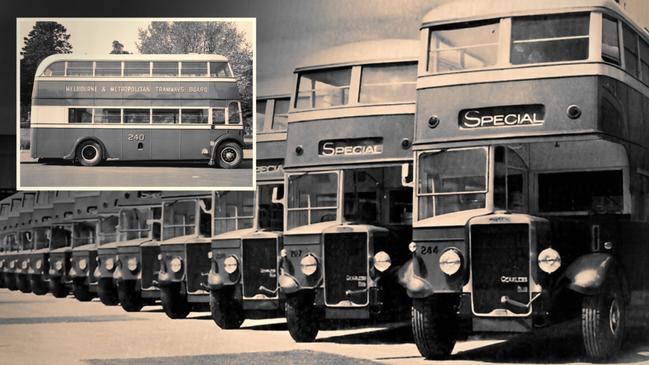
Victoria
Don't miss out on the headlines from Victoria. Followed categories will be added to My News.
Melbourne has its trams, Sydney has its ferries and London has its double-decker buses.
The Manly ferry would be just as out of place on the Thames as a double-decker bus would be on Bourke St - or so you might have thought.
For a brief period in the mid 20th Century, Melbourne was the proud host of a huge fleet of English-style double-deckers, which carried commuters through the city centre.
What began as a stopgap transport measure while Melbourne upgraded its tram network, briefly flourished into a bus hustle that would make a Londoner feel at home.
But the problem-plagued program, which clogged city streets, smashed shop awnings, irritated commuters and even delivered unwanted electric shocks, was eventually abandoned.
It was ultimately a reminder that Melburnians should stick to their trusty trams and leave the double-deckers to the Poms.
High hopes
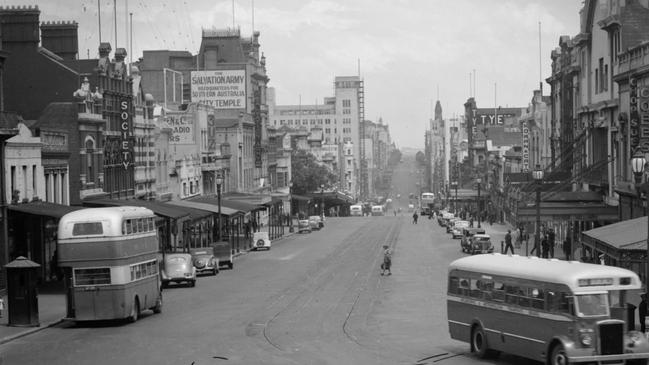
Melbourne has been a city of trams since Burke was a boy, but a brief window starting in the 1930s brought an opportunity for double-decker buses.
Prior to 1935 all the city’s trams ran on cables that lay in narrow trenches in the street.
When the Melbourne and Metropolitan Tramways Board started converting the tram system to electric, using overhead wires, they needed to come up with a way to keep commuters moving while works were carried out.
It was eventually decided that a fleet of double-decker buses could be used to get Melburnians around, and could even be a permanent replacement for trams on two popular routes, from Bourke St to Northcote and Fitzroy.
British bus manufacturer Leyland won a tender for a fleet on vehicles including 45 double-deckers, and the towering buses were put into service in the early 1940s.
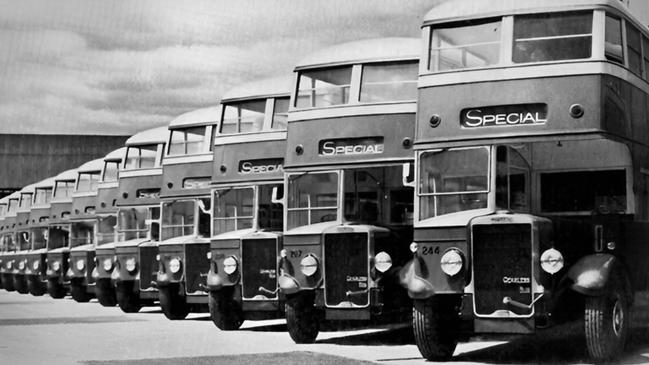
Double trouble
However, by the mid 1940s, it was clear Melbourne’s brief dalliance with double-deckers was doomed to failure.
The most obvious problem was the tendency for the buses to crash into shop awnings and electrical poles in a city not designed for double-deckers.
The tram board was slugged with a torrent of repair bills by irate property owners over scrapes, dents and smashes.
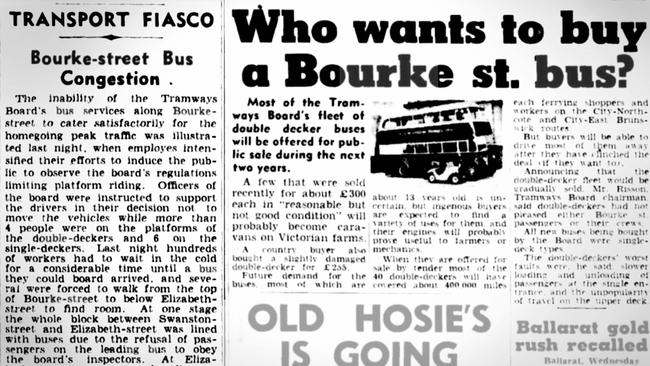
Some roadways, including an underpass on Queens Pde at Clifton Hill, had to be lowered so the buses wouldn’t lose their tops.
The buses had a long list of problems on the inside, too.
When packed full, a Melbourne double-decker could hold about 90 people.
That might seem like a lot, but a W-Class tram could hold a whopping 150 people when packed like a sardine tin.
Despite running on a regular timetable, the buses couldn’t keep up with demand during the city peak.
Melburnians were also reluctant to use the cramped stairways to access the upper deck.
The average distance of a city commuter was so short, by the time they wrestled their way up the top and found a place to sit or stand, the bus might have already arrived at their intended stop, and they would have to push their way downstairs again.
As such, the lower deck of the bus became oppressively crowded, and it was almost impossible for the conductor to collect fares during the morning and afternoon rush.
A single entry and exit point at the rear of the buses made things even worse.
When the bus rolled up at a kerbside stop, commuters trying to get on were met with a throng of bodies trying to get off.
Some passengers would cling to bus’s open rear platform, prompting drivers to refuse to budge until the passengers stepped off.
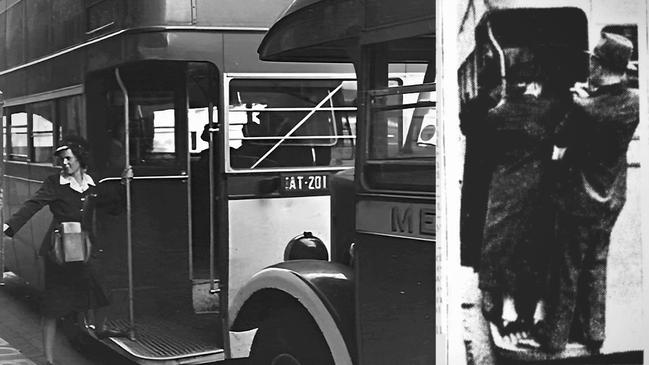
On at least one occasion, this led to the whole block between Swanston St and Elizabeth St getting clogged with buses.
On other occasions, newspapers reported elderly ladies crushed in the fight to hop on and off.
The sluggish acceleration of the buses up the Bourke St hill also slowed things down.
And to top it all off, the buses were known to deliver a mild electric shock to passengers as they got on and gripped the metal railings, due to an unavoidable build-up of static electricity.
Perhaps Melbourne’s double-deckers were always going to be a temporary solution.
The lifespan of a bus was less than 15 years, while a W-Class tram could keep rattling the tracks for half a century or more.
In the late 1940s the decision was made to halt the acquisition of new buses, and phase the old ones out when the Bourke St route was fully converted to the new electric system.
By the early 1950s the buses were pulled from service and were sold off, described by auctioneers as being in “reasonable but not good condition” after each travelling about 690,000 km over 14 years.
Some were converted, others were parked in paddocks and used as sheds.
So ended Melbourne’s romance with the double-decker, much to the relief of tired commuters.




